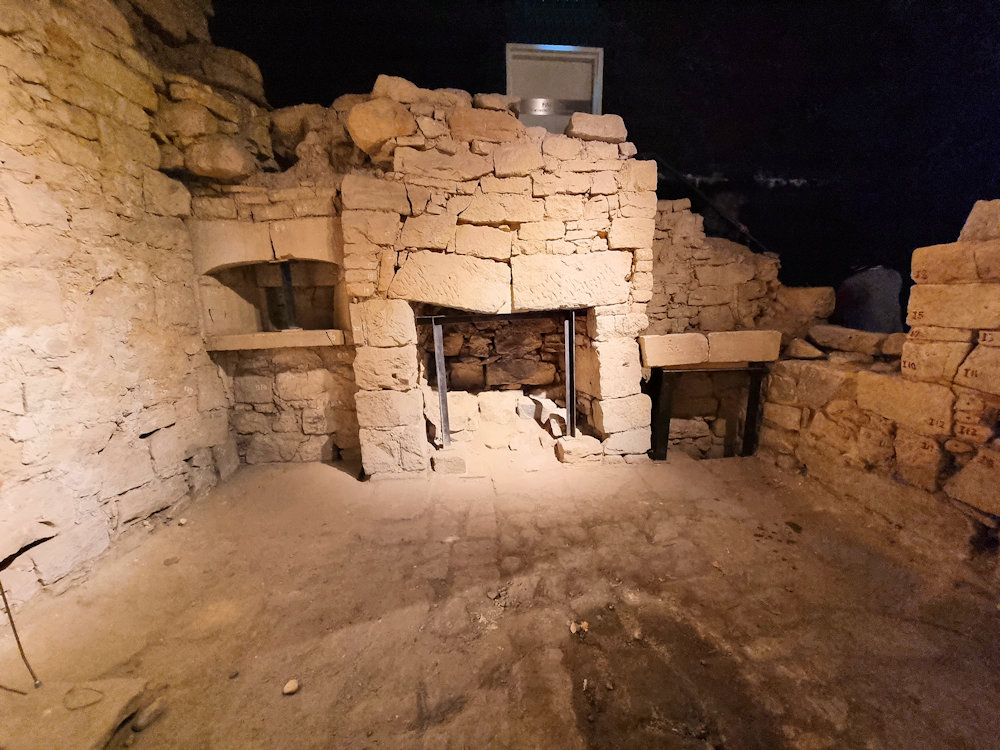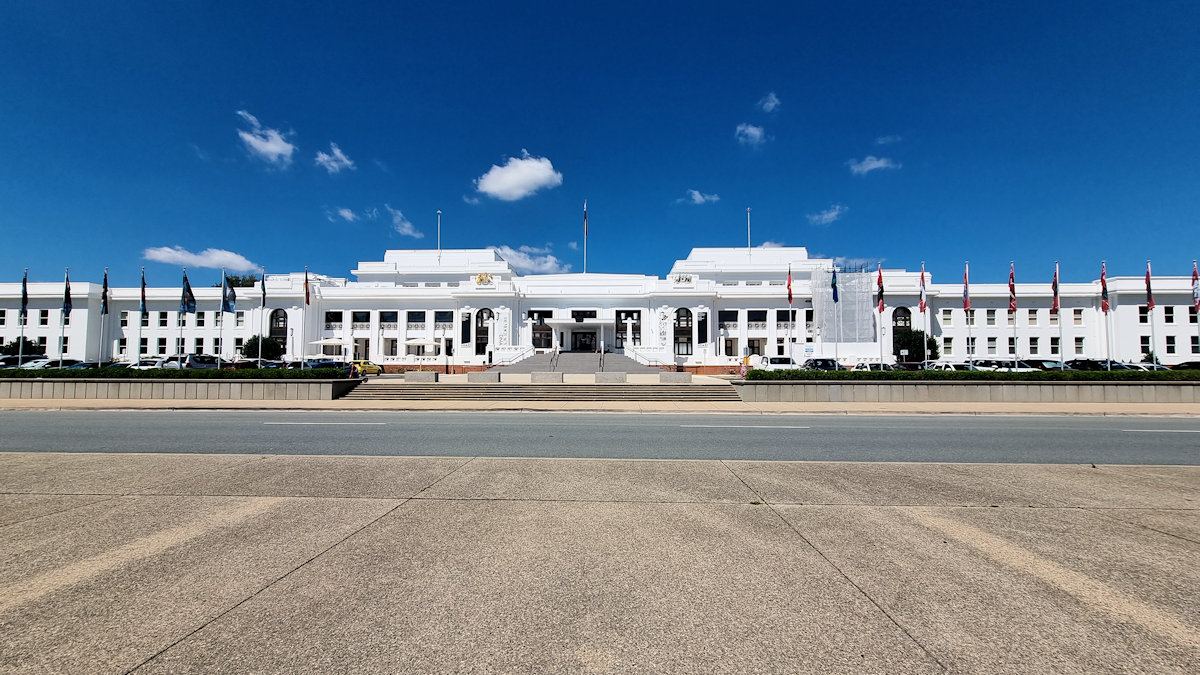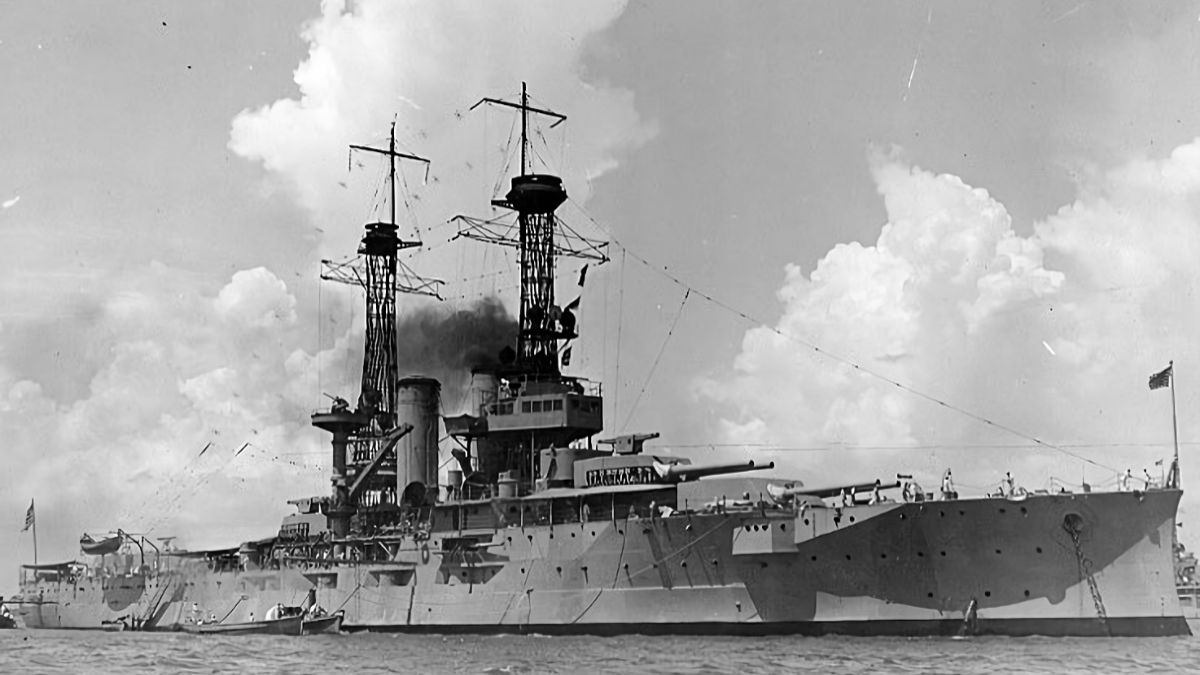Tag: History
-
Parbury Ruins

Parbury Ruins Located on the corner of Pottinger and Windmill Streets in Millers Point, Sydney, the Parbury Ruins were uncovered during the construction of an apartment block. Once excavated and recorded by archaeologists, the developers modified their design to retain the ruins, preserving them. Access to the underground area is by appointment only, or during… Read more
-
Old Parliament House Canberra

Old Parliament House Canberra Only intended as a temporary home for the Australian Parliament, Old Parliament House in Canberra actually operated as the seat of government from 1928 until 1988. At this time the government move to the new Parliament House on Capital Hill. It now houses the Museum of Australian Democracy as well as… Read more
-
US Battleship USS Florida BB-30

US Battleship USS Florida BB-30 USS Florida (BB-30) was the lead ship of her class of dreadnought battleships for the US Navy. Launched on 12 May 1910, she was commissioned on 15 September 1911. During World War One, she was sent to reinforce the British Grand Fleet, where she undertook patrols of the North Sea… Read more